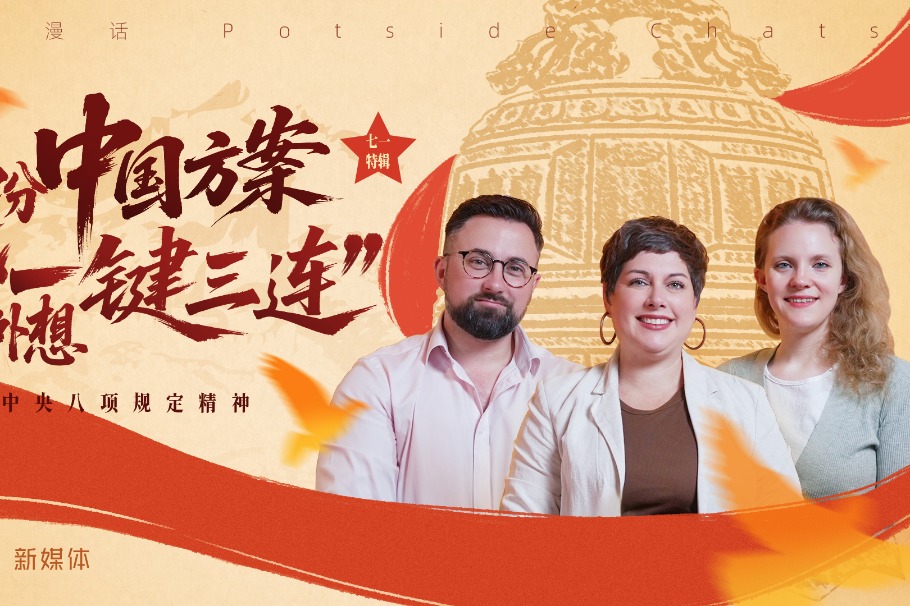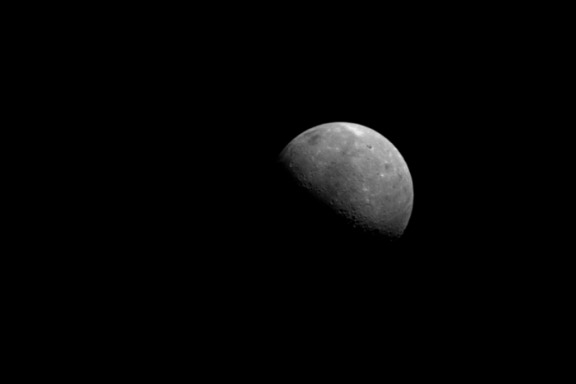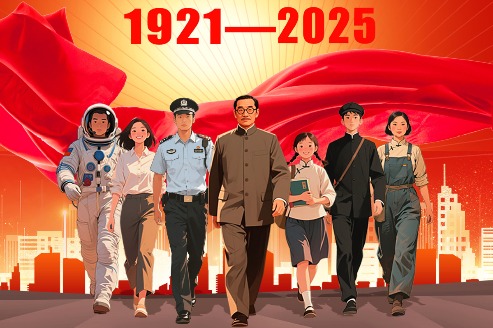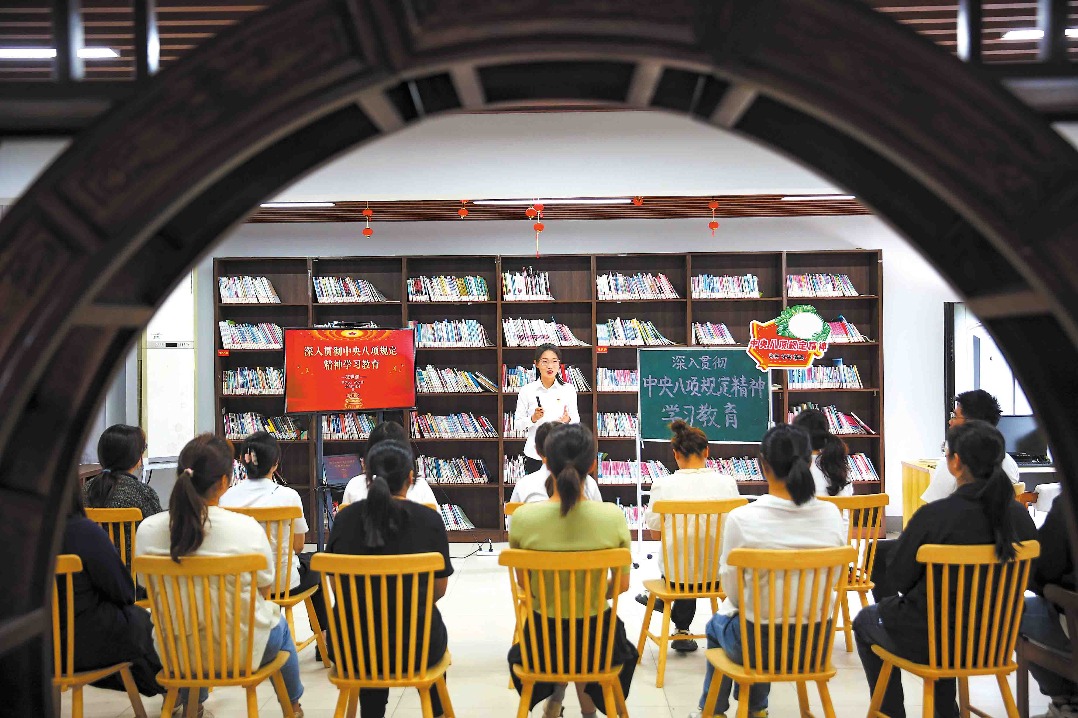What's on

Zodiac signs
"Which one of the zodiac animals you were born into" is one of the questions being frequently asked in social conversations. The Chinese zodiac associates each lunar calendar year to one of the 12 animal signs, circling in rotation, which shows the close connections having been built by people to relate their daily life to animals with reputed attributes. Meanwhile, the culture appreciates the importance of coexistence between people and other forms of life on Earth. An exhibition of artifacts now on at Henan Museum, in the provincial capital Zhengzhou, surveys the evolution of the zodiac signs and the implications and well wishes they are embedded with through the centuries. It is said that the legendary ruler Huangdi, or the Yellow Emperor, created the zodiac system more than 4,000 years ago. The earliest written recordings of the signs can be traced to the period before the Qin Dynasty (221-206 BC), and the system became widely practiced in the fifth and sixth centuries. Animals were featured on all kinds of ancient objects, including murals, pottery pieces, jade and ceramics. They were depicted as symbols of multiple meanings and blessings. Objects showing the rabbit, for example, the zodiac of this year, often imply kindness, fertility and longevity, and deliver a peaceful atmosphere. The exhibition runs through March 17.
9 am-5 pm, closed on Mondays. 8 Nongye Road, Zhengzhou, Henan province. 0371-6351-1237/9.
Pocket-size joy
Xiaorenshu, also called lianhuanhua, a kind of pocket-size comic book, became an independent art form in metropolitan Shanghai in the early 20th century. The hand-drawn picture stories were popular among people of varying ages and social strata, for they were easy to carry and accessible to both children and people who could not read. Its convenience as a part of popular culture also won the support of Lu Xun, the great writer and social critic who encouraged young artists to make xiaorenshu to address social concerns and people's livelihoods, and educate people. Mini Books, Big World, an exhibition at Nanjing Museum, Jiangsu province, through March 20, shows a selection of such books from the collection of the National Art Museum of China in Beijing. The earliest works include one by Li Yishi, made between 1927 and 1929 and was inspired by Chang Hen Ge (Everlasting Regret), a narrative poem by Tang Dynasty (618-907) poet Bai Juyi. It also shows Sanmao, the most beloved cartoon series by Zhang Leping, which centers on the adventures of an orphaned boy named Sanmao. The genre went on to develop throughout the 1980s, when dramatic social changes were reflected in the books.
9 am-5 pm, closed on Mondays. 321 Zhongshan East Road, Xuanwu district, Nanjing, Jiangsu province.025-8480-7923.
Jin state
After the Western Zhou Dynasty (c.11th century-771 BC) was founded, its kings granted conquered lands to their relatives, and those who contributed were given hereditary estates. One of the lands was known as Jin, which later progressed into a thriving and powerful state. Its prosperity lasted about six centuries until it was partitioned into three states, a result of its marquis losing power to his nobles. The rise and fall of Jin is reviewed at an exhibition at the Liaoning Provincial Museum through April 8. Titled Jin, a State of 600 Years, the exhibition shows nearly 600 artifacts to uncover one of the major states of the Zhou Dynasty (c.11th century-256 BC). It is a glimpse of the aristocratic structure, social attitudes and culture of the time in the Zhou empire up to the end of the Spring and Autumn Period (770-476 BC).Objects at the exhibition are from the collection of the Shanxi Museum in Taiyuan, and are on show in Liaoning for the first time.
9 am-4:30 pm, until March 31;9 am-5 pm, from April 1.157 Zhihui Third Street, Hunnan district, Shenyang, Liaoning province. 024-2320-5102.
China Daily
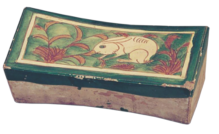

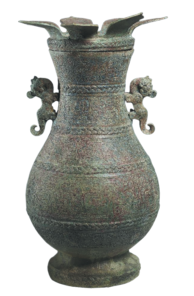
Today's Top News
- China's system contributes beyond nation
- Xi's article on unity, hard work to be published
- Xi urges full, rigorous CPC self-governance
- Grassroots Party units continue to play key role
- Global investors double down on Chinese assets
- FM's visit to Europe seen as boosting ties

















